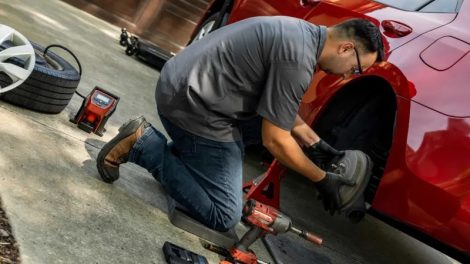Winter’s charm often comes with a side of frustrating inconveniences, and for vehicle owners, frozen power locks rank high on the list. The combination of moisture, plummeting temperatures, and the intricate mechanisms of power locks can lead to frustrating situations, leaving you locked out in the cold. Understanding why this happens and implementing preventative measures can save you time, stress, and potential damage to your vehicle.
Understanding the Freeze: Moisture’s Cold Grip
The core issue behind frozen power locks lies in moisture. Rain, snow, or even condensation can seep into the lock mechanism, door seals, and around the electronic components. When temperatures drop below freezing, this water solidifies, creating ice that physically blocks the lock from functioning. The small electric motors and linkages that operate the central locking system are incapable of overcoming the grip of ice. Furthermore, repeated attempts to force a frozen lock can damage the delicate internal mechanisms, potentially leading to costly repairs down the road. Ignoring the problem and repeatedly pressing the lock button only exacerbates the problem.
Preventative Maintenance: A Proactive Approach
The best defense against frozen power locks is proactive maintenance. Regularly lubricating the lock cylinders and door seals with a silicone-based lubricant is crucial. Silicone lubricant repels water and prevents it from freezing, keeping the mechanism free and functional. Avoid using petroleum-based lubricants, as they can attract dirt and grime, potentially worsening the problem. Apply the lubricant generously to keyholes, door seals, and around the lock’s exterior. Before winter sets in, inspect your door seals for any cracks or damage that might allow moisture to penetrate. Replacing worn seals can significantly reduce the risk of freezing.
De-Icing Strategies: Safe and Effective Solutions
If preventative measures fail and your power locks freeze, avoid using brute force. Applying excessive pressure to the lock button or attempting to pry the door open could damage the lock mechanism or the surrounding body panels. Instead, opt for safer de-icing strategies. A commercial de-icer specifically designed for automotive use is a good option. Apply it directly to the frozen lock area and allow it time to penetrate and melt the ice. Alternatively, a hairdryer on a low setting (held at a safe distance) can gently thaw the lock. Avoid using boiling water, as the drastic temperature change can crack the glass or damage the paint. Choosing the Auto Repair in Savannah, GA based service is essential here.
Emergency Measures: When You’re Truly Stuck
In situations where de-icing fails and you’re locked out, consider professional assistance. A locksmith specializing in automotive entry can safely unlock your vehicle without causing damage. Some roadside assistance services also offer lockout assistance, often equipped with specialized tools and techniques to bypass the frozen lock. While waiting for help, try to protect yourself from the elements. Seek shelter nearby or wrap yourself in warm clothing to avoid prolonged exposure to the cold. Remember, safety comes first. Attempting to force entry can result in personal injury or further damage to your vehicle.








